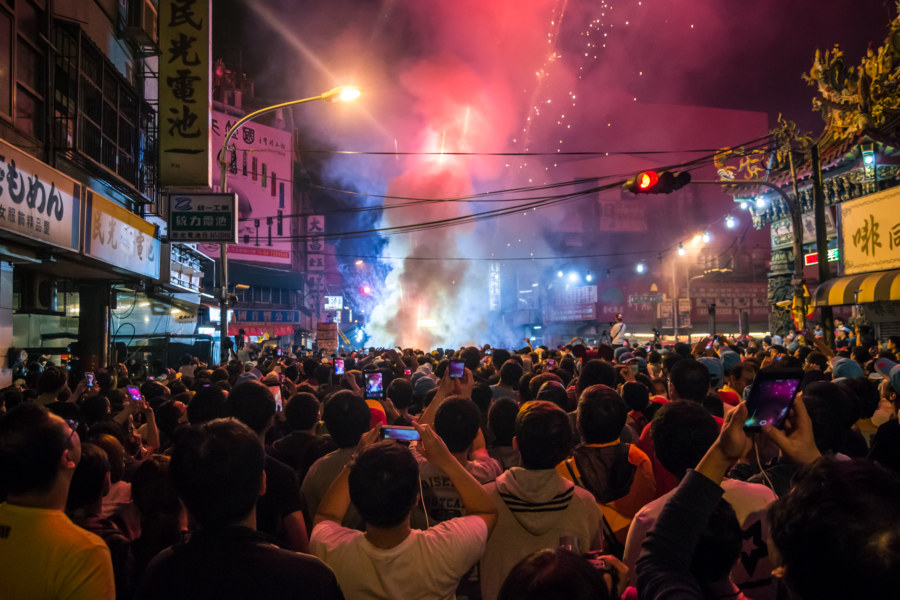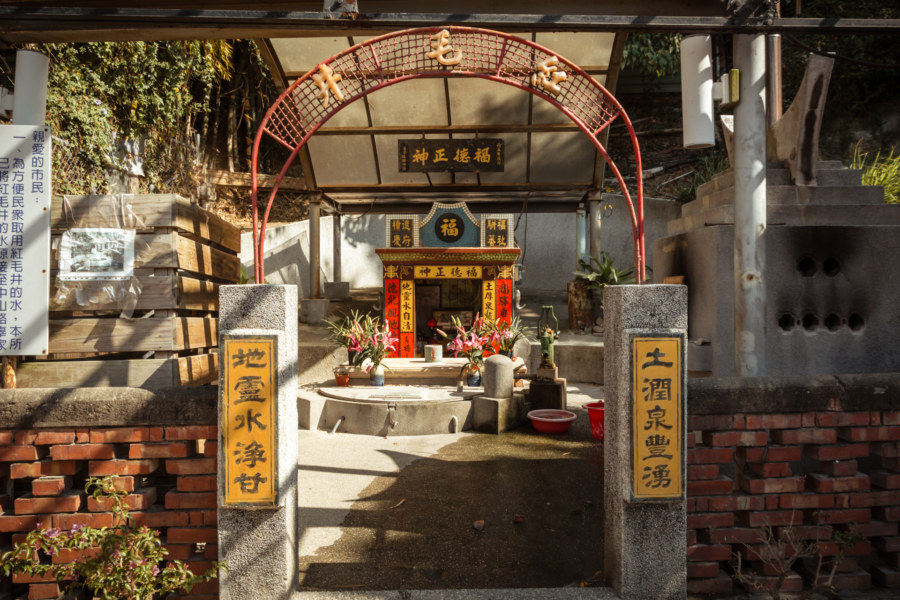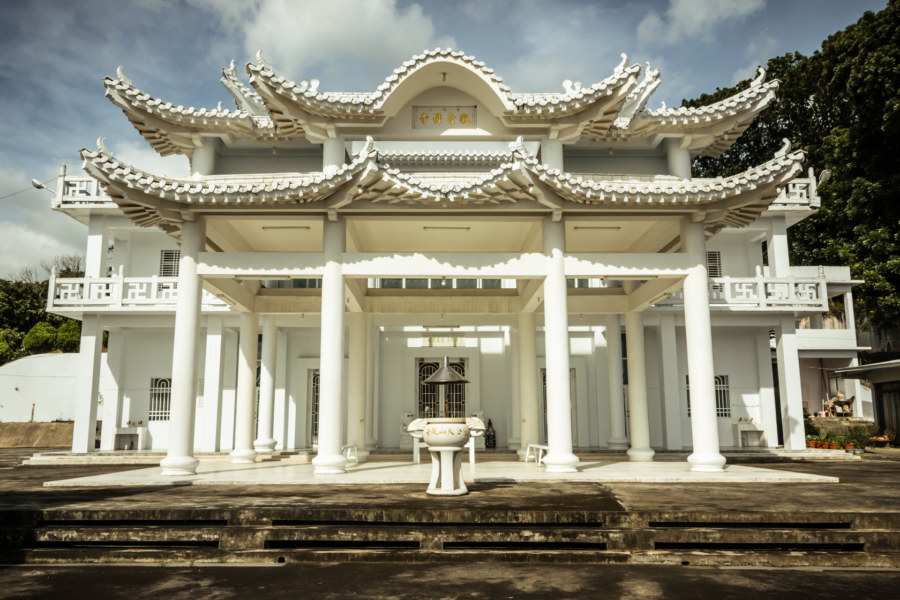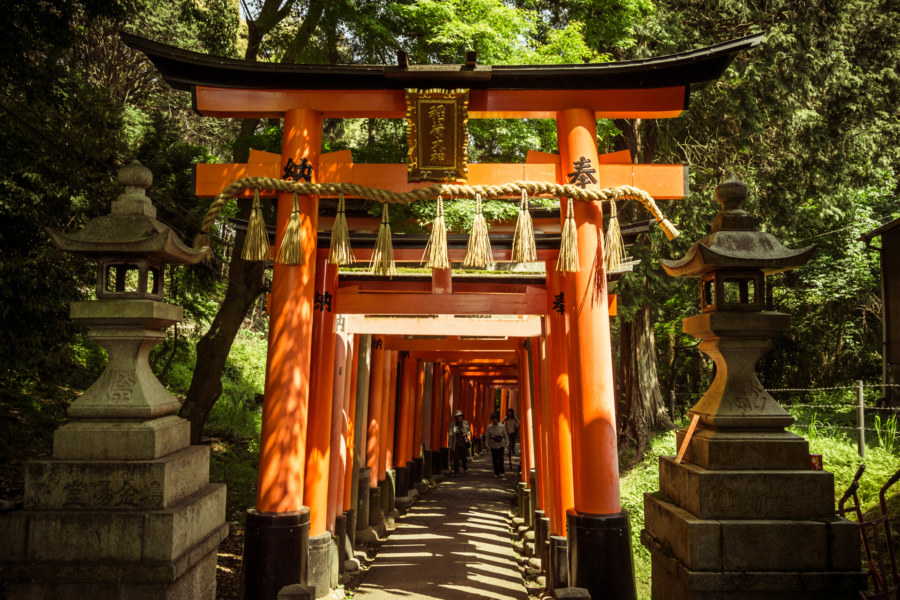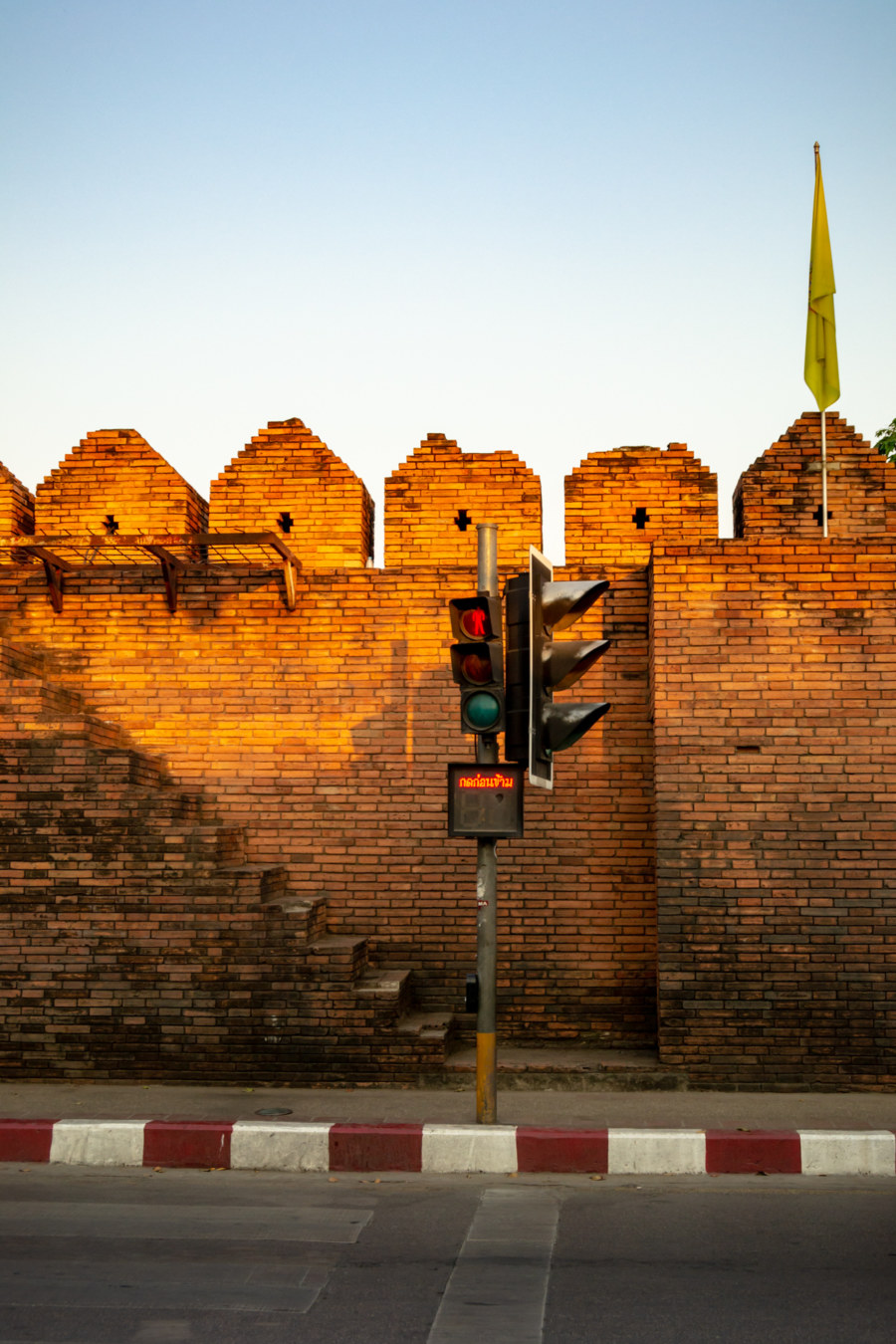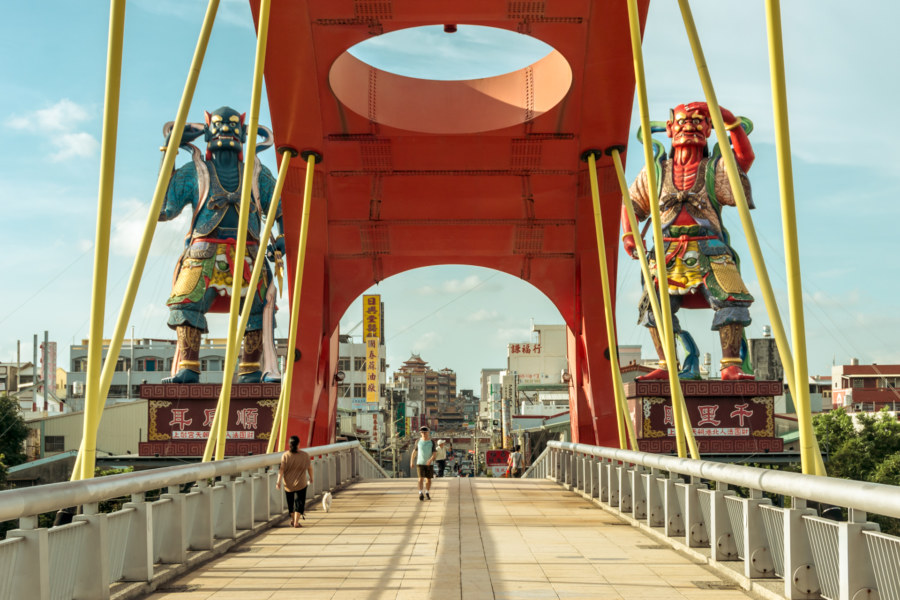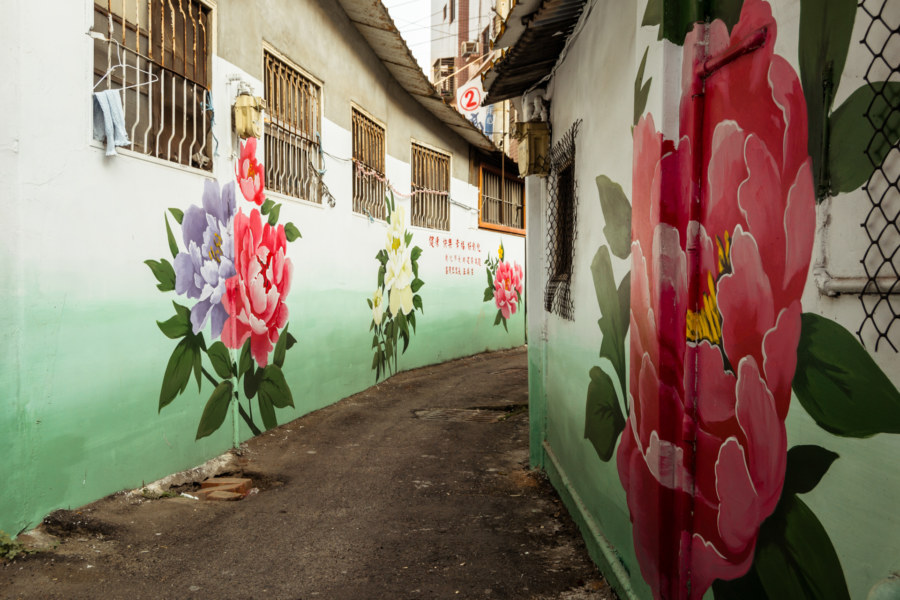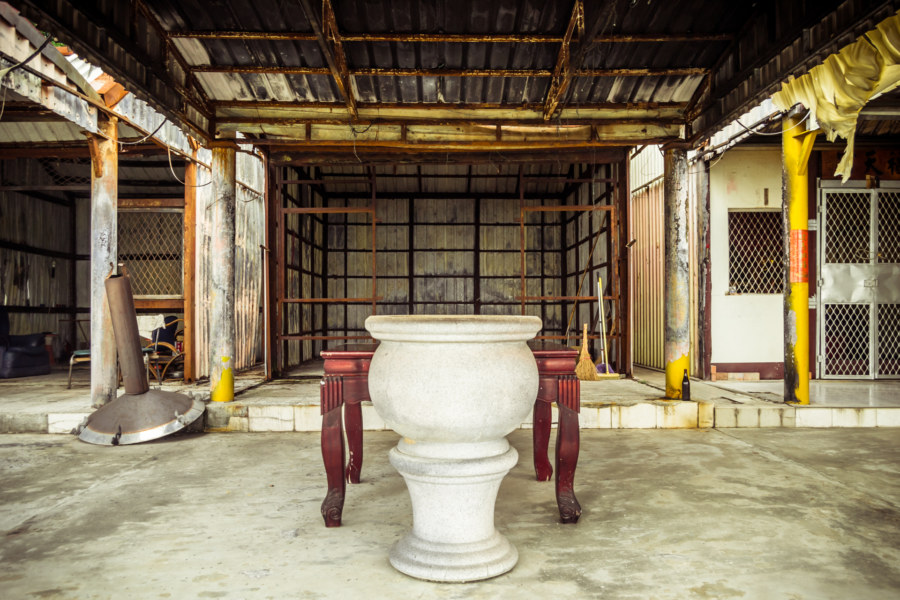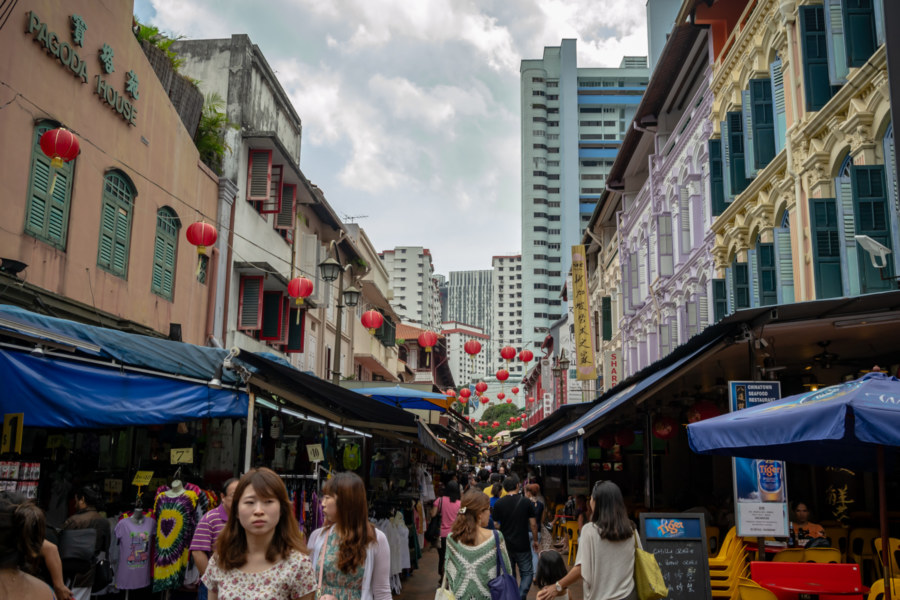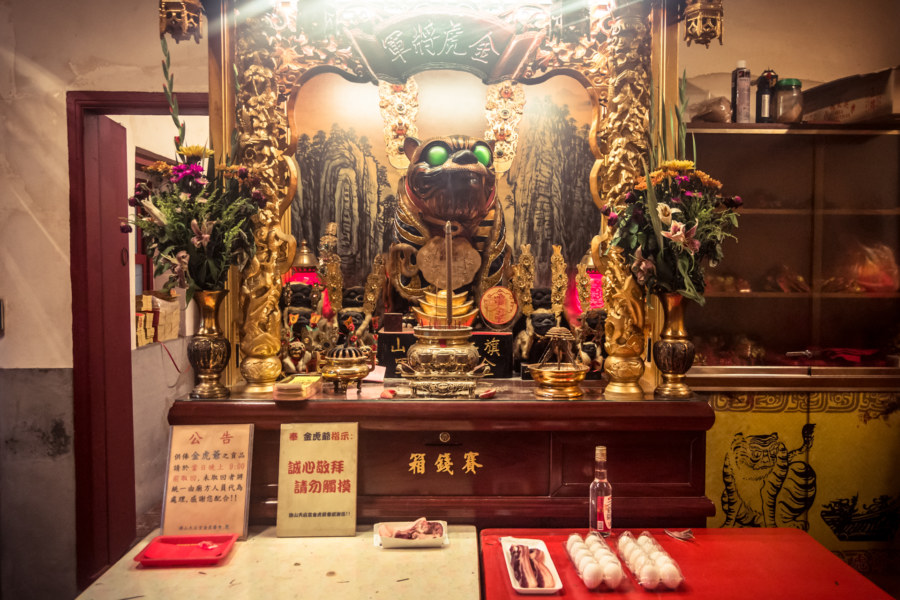My last night in Changhua City was surprisingly eventful thanks to a fortunate accident of timing. Earlier in the day I had noticed an unusual uptick in the amount of activity on the streets while cycling around. Banquet tents had been setup on major thoroughfares, police were standing at major intersections, scooters flying yellow banners were buzzing around like angry hornets, and the air was filled with a palpable sense of expectation and excitement. After an early supper next to a coffee shop I often work at I approached to one of the staff (who speaks passable English) and asked, “What’s going on?” Their answer, “It’s the…” Trailing off, hands aflutter, obviously searching for the right word—and then: “Mazu!”
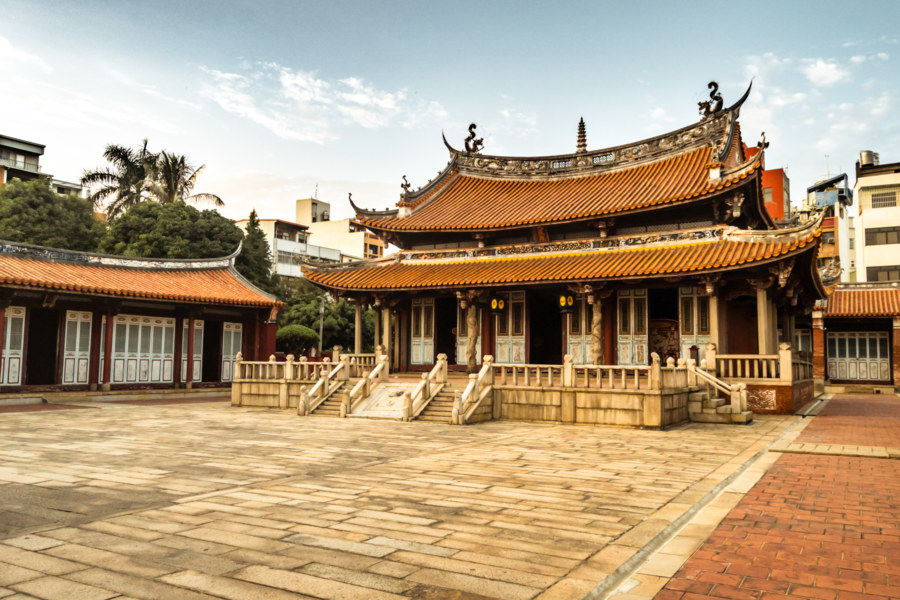
Anything to do with temples, mosques, churches, shrines, and other places of worship. See also: Taiwan temple culture.
Adjacent Terms
Changhua City Red Hair Well 彰化市紅毛井
The Red Hair Well 紅毛井 (pinyin: Hóngmáojǐng) in Changhua City is another curious footnote. Located behind the Changhua Arts Museum at the foot of Baguashan, this well supposedly dates back to the mid-1600s, in the midst of the Dutch colonial era. The Dutch sunk this well to provide for soldiers and missionaries passing through the area but never actually controlled this land. The name derives from âng-mo, which is literally “red hair” in Hokkien or Taiwanese, an obvious visual contrast to the black hair of Chinese people.
Putuoshan White Temple 普陀山白衣道場
Pǔtuóshān White Temple (普陀山白衣道場) is one of the more unusual temples I have visited in Taiwan. Named after Putuoshan, one of the holy mountains of Chinese Buddhism, and dedicated to the worship of Guanyin (觀音), goddess of mercy, it appears to have been built in 2004. Apart from these basic details it seems like very little is known about this mysterious temple.
Fushimi Inari Taisha 伏見稲荷大社
Last spring I visited the Kansai Region of Japan for a whirlwind five day tour of Wakayama, Kyoto, Nara, and Osaka. Along the way I stopped at Fushimi Inari Taisha 伏見稲荷大社, one of the most popular and photogenic attractions in Kyoto. I seldom engage in conventional tourism but couldn’t resist the sight of thousands of torii leading up the mountainside. Here are a few photos from my time there.
Postcards From Chiang Mai 2012
I am just about to zip off to Chiang Mai for the second time and I realized—I still haven’t shared any photos from the first time I went! The reason for this is simple: I was sick every day I was there in early 2012. I made the mistake of visiting during burning season and could hardly breathe the entire time I was there. I didn’t even know what was going on at the time, a consequence of my inexperience with extreme air pollution and the lack of a cell phone (on which I would have certainly read about it in the news as I did after returning to Bangkok) a few days later. “National Haze Crisis Declared”, the headlines read.
Postcards From Beigang 北港明信片
Beigang is a historic town on the riverside border between Yunlin and Chiayi in southern Taiwan. I made a brief, unplanned stopover in Beigang while riding north to Changhua in the summer of 2014. I was only vaguely aware of Beigang’s existence, having at some point read something about Cháotiān Temple 朝天宫, one of Taiwan’s most famous Mazu 媽祖 temples, but I had a hunch that there might be more to see—and I was right! If you enjoy visiting traditional towns with a lot of history then Beigang should definitely be on your list.
Postcards From Changhua City 1 彰化市明信片一號
I moved to Changhua City in November 2014 to see what it’s like living in a traditional town in central Taiwan. I had an interesting time staying in Tainan for three months earlier that year so I figured why not give Changhua a shot for the wintertime? Changhua is nowhere near as lively and interesting as Taiwan’s old southern capital but it is not without charm. Here I have gathered up some of the more representative images I captured during my first two months of residency, mostly of the area immediately to the east of the train station, which also happens to be the oldest part of town. Explanations are given in the caption of each photo, where available.
Dayeh Futian Temple 大葉福天宮
High on the upper slopes of the modest Bagua Mountain Range 八卦山脈 (pinyin: Bāguàshānmài) overlooking Dayeh University (pinyin: Dàyè), on the border between Changhua and Nantou in Taiwan, stands a strange half-abandoned temple. It is peculiar in that temples are almost never left to the elements the way this one has been. Abandoned buildings are commonplace in this land of abundant ruins—but even the most obscure temples receive regular maintenance in the form of incense and offerings, among other things. To neglect the gods and spirits is to curse a place with tremendously bad luck and misfortune. Temples may be formally decommissioned, dismantled, and destroyed—but they are almost never simply abandoned or left to decay like this. What’s going on here?
Postcards From Singapore
These photographs were captured on a short two day, three night visit to Singapore in February 2013. I was unable to do more than scratch the surface of this intriguing island city-state on such a brief trip, but I did manage to take a few interesting shots while I was there. Most of my time was spent in Singapore’s historic Chinatown, known in Chinese as Niúchēshuǐ 牛車水 (literally “ox-cart water”), but I also ventured into Little India and the Downtown Core.
The Golden Tiger General of Qishan
After saying farewell to Tainan, where I have been living in for the past three months, I set out by bicycle for Meinong today, but only made it as far as neighbouring Qishan. The long stretch of lonely backcountry roads from Guanmiao to Qishan offered no respite from the relentless sun—and without any place to fuel up I ran out of water high up in the hills, a major no-no in this 35 degree heat. When I finally made it into town I was in no state to be going anywhere—and so here I am, sick with heatstroke in a cheap hotel, but not without at least a small spark of adventure coursing through my veins. I rested for most of the evening so I could go out and grab a bite to eat and see at least a little of this historic town before (hopefully) moving on tomorrow.
